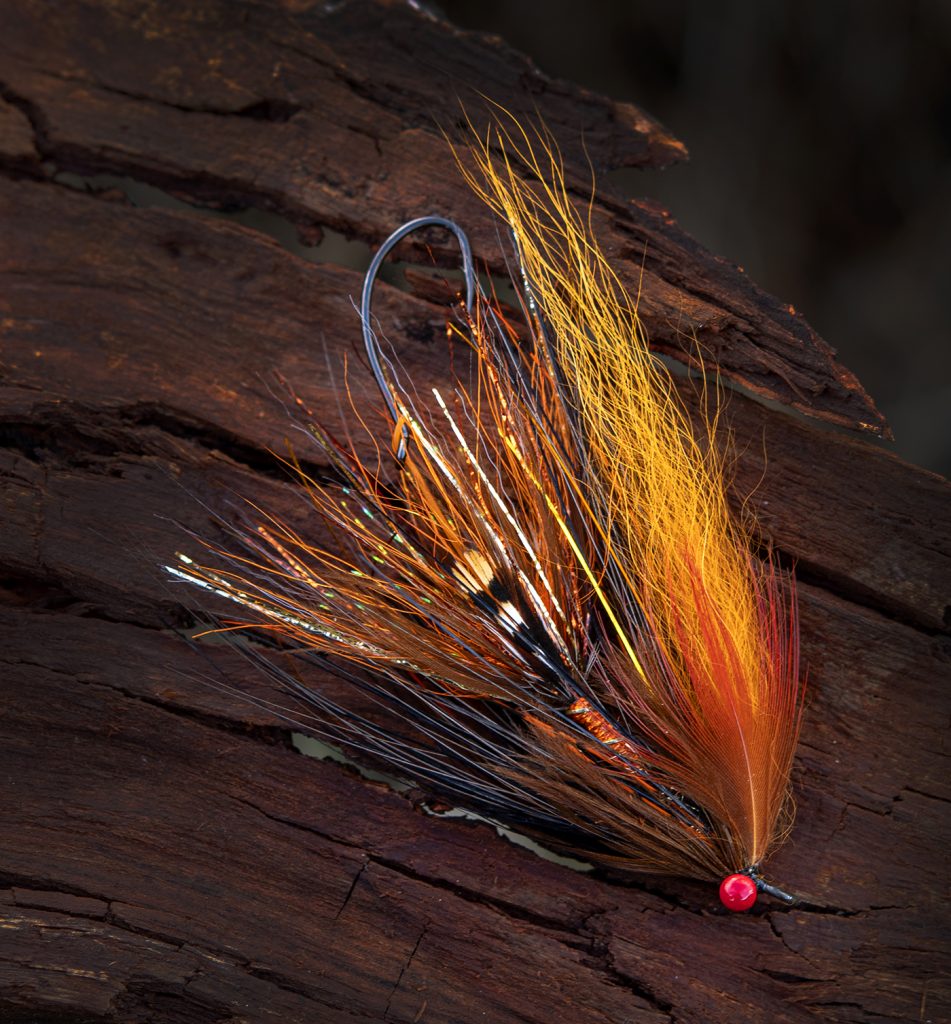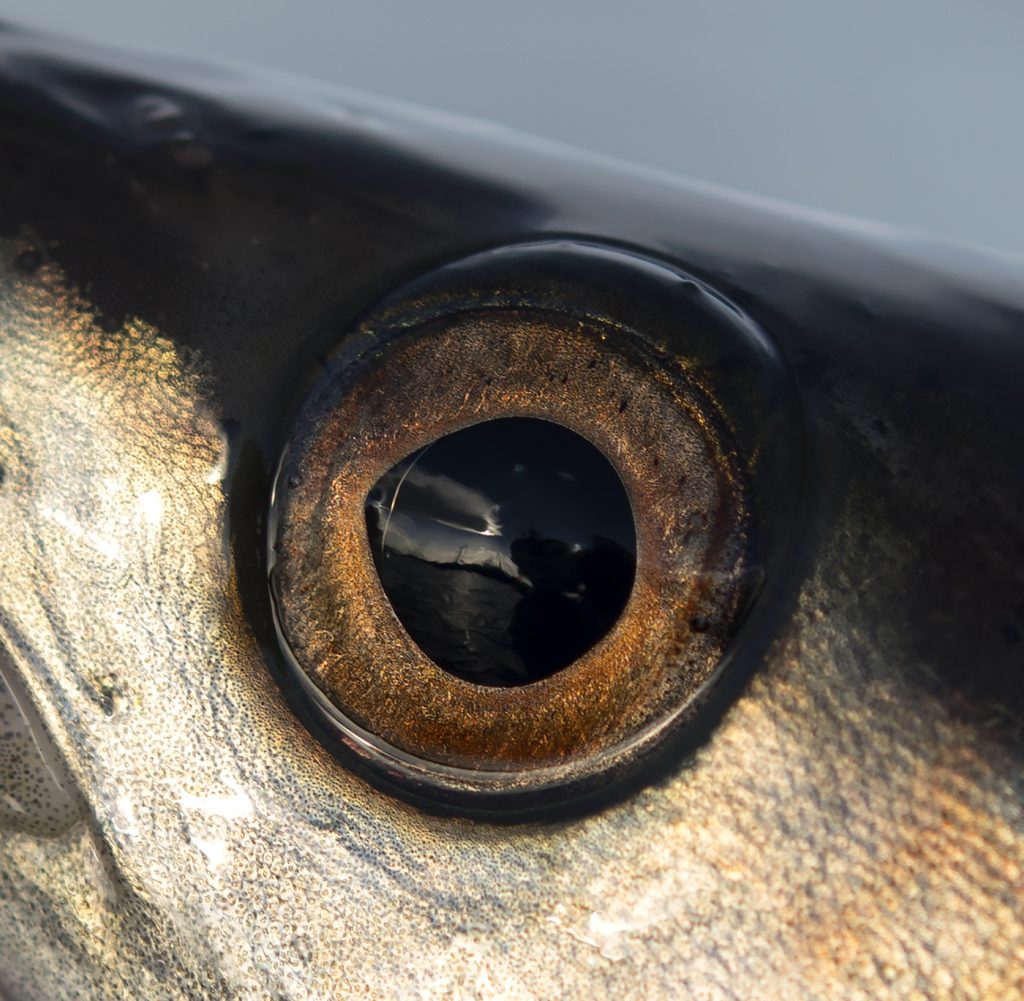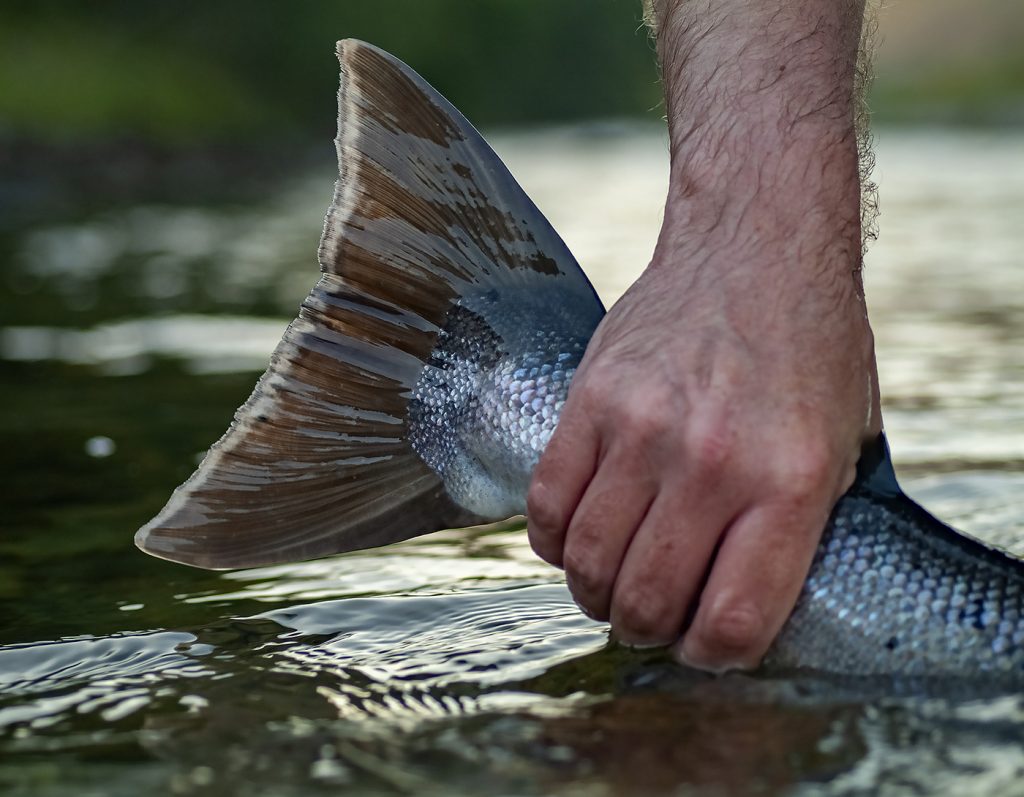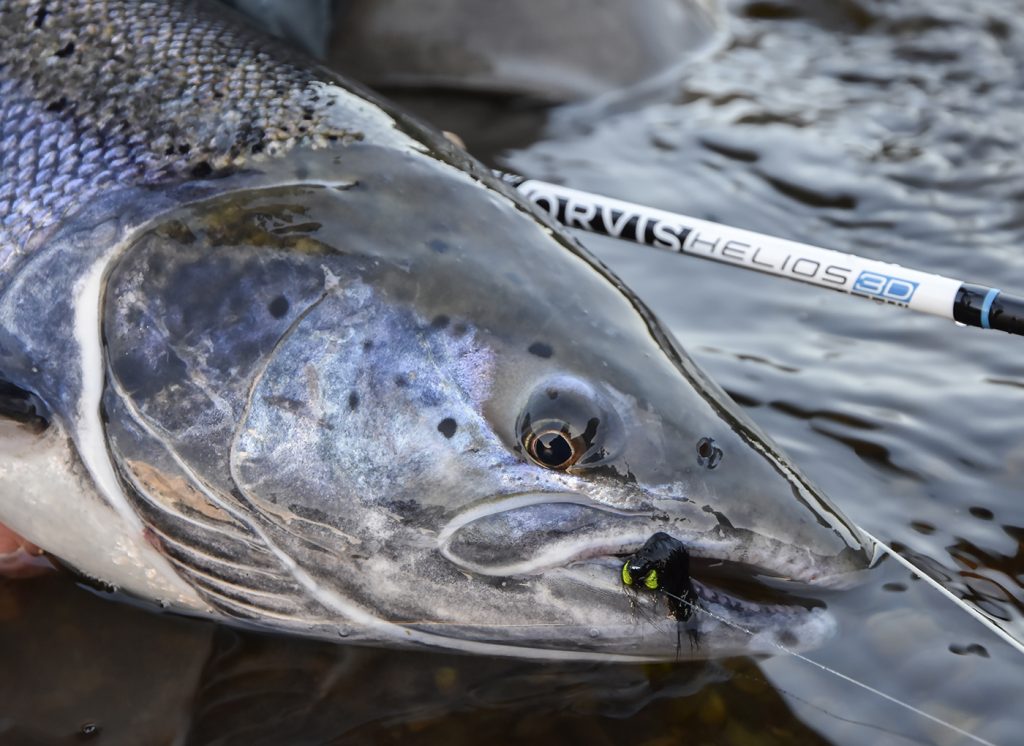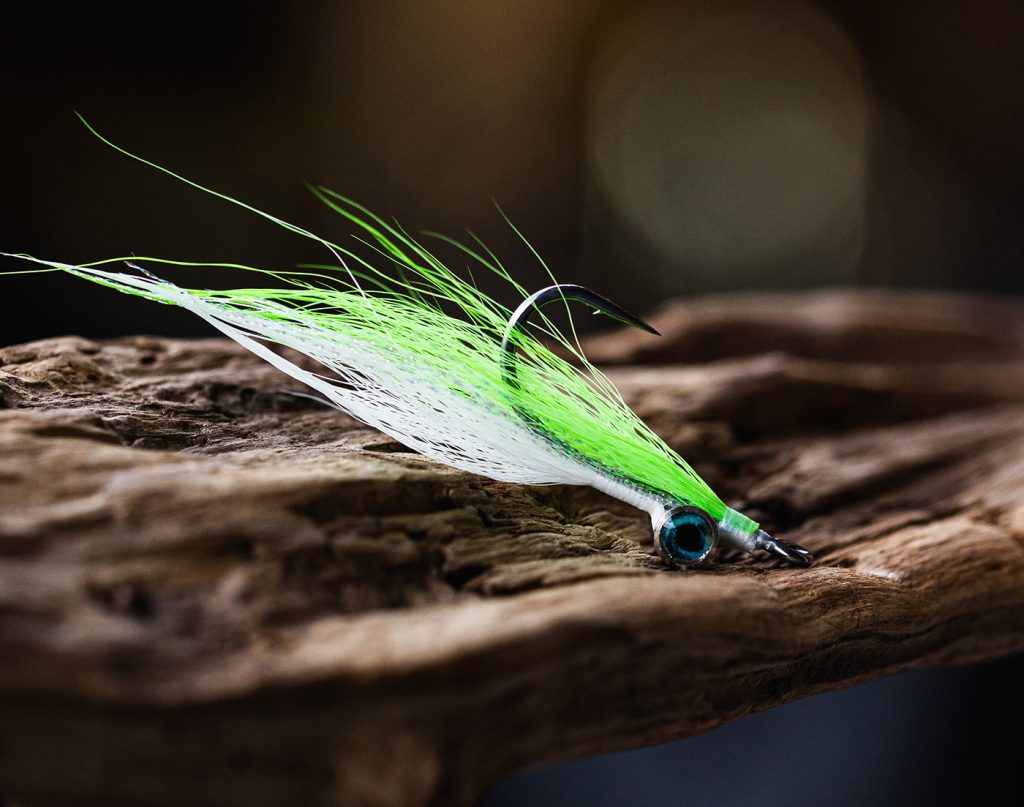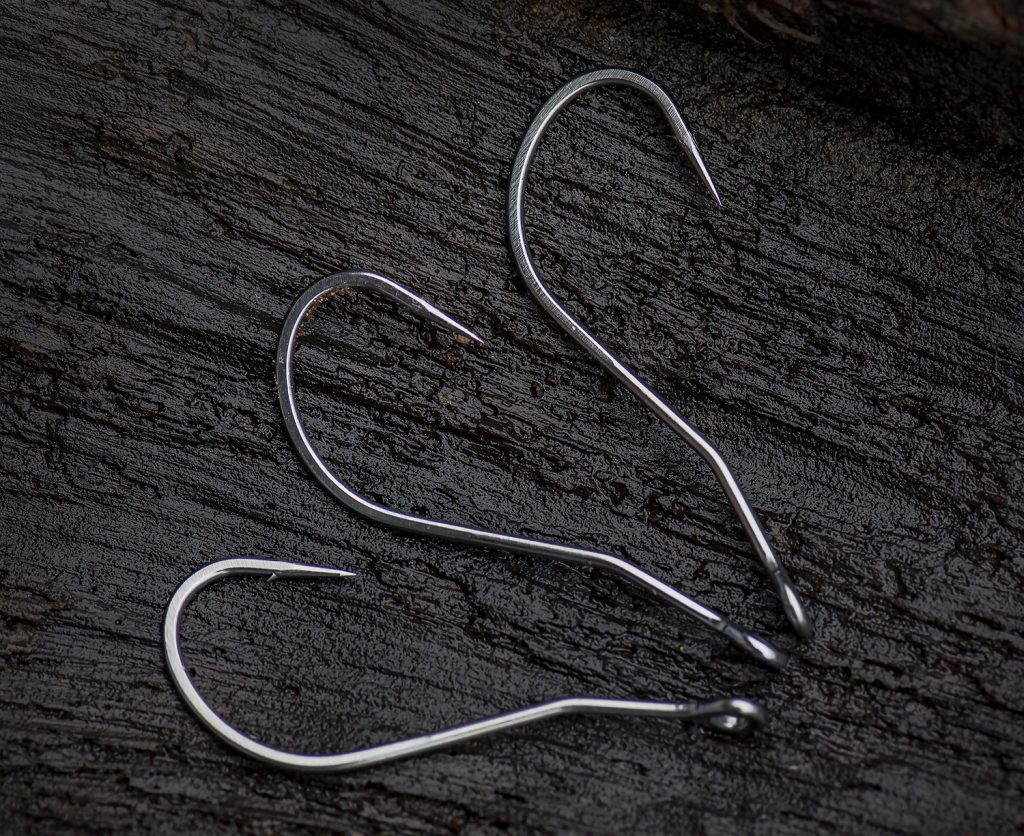
We’re pleased to, once again, announce the official release of a new hook. We love making hooks, and in particular ones that are made for specific purposes, maybe even a model others would call a niche product. It only makes it better when they are a result of a collaboration with others. In this instance the hook is a result working with Chris Adams (from Australia), who contacted us about a bend back hook for his barramundi fishing.

